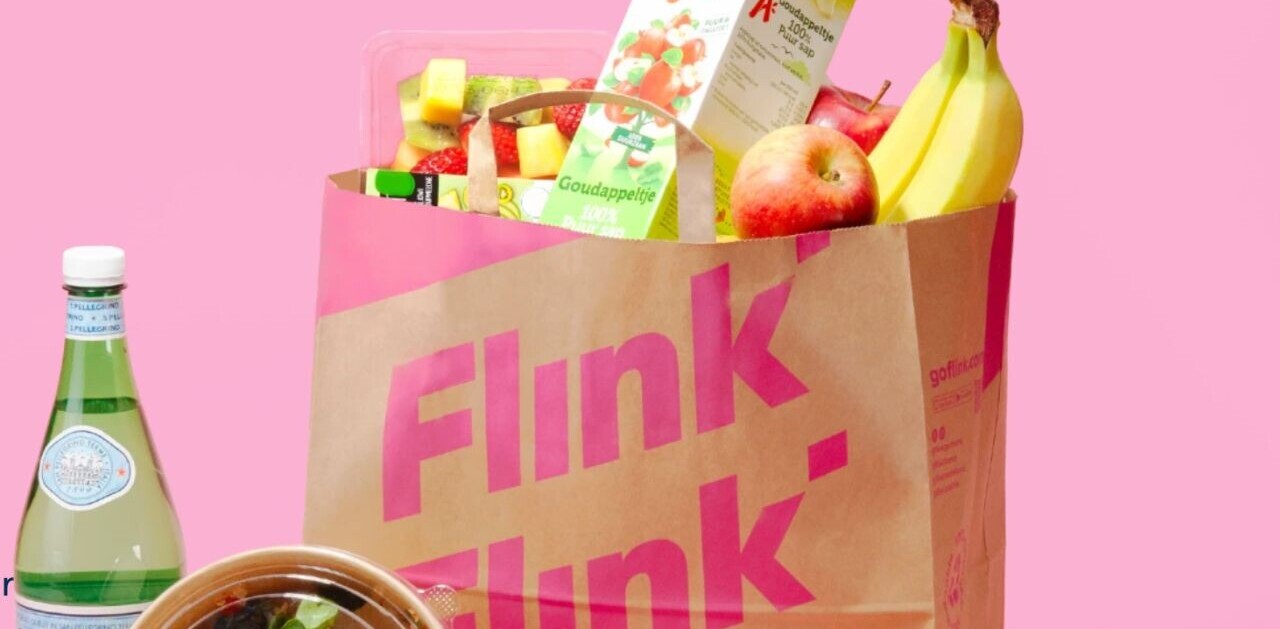
Whether you’re looking to become a crypto-whale or just want to try and make some “easy” money, don’t let FOMO, unicorns, or hackers get in the way of growing your cryptocurrency stash.
Here are seven cryptocurrency trading blunders you should absolutely avoid at all costs:
1. Relax. Don’t do it. Frankie goes bankrupt
FOMO is the main thing that fuels bad investments.
Rule number one is to never invest more than you’re willing to lose. Because when FOMO takes over and you start buying up coins like it’s 1999 — that’s when you’ll probably lose it all.
Investing all your money — even in seemingly stable coins — can be extremely risky. We saw this just months ago when Bitcoin hit an all-time high of $19,783 in December and subsequently burst. People who invested heavily in what was seen to be the most stable of cryptocurrencies lost big time as it plunged to 50 percent of its peak value in January.
The cryptocurrency market is highly volatile and unregulated, making it the perfect place to win big, but also to lose big. Unless the possibility of living in your parent’s basement until you retire doesn’t scare you, consider only investing five to 10 percent of your portfolio in cryptocurrency.
2. Only chasing altcoin unicorns
Along with variety in your overall investment portfolio, you should also diversify your crypto investments. We’ve all read stories about people buying into an altcoin early on, when it’s still relatively obscure and very cheap. Next thing they know, they find it’s up in value, doubling, or tripling their investment.
Yes, this can happen but there’s also a big chance it won’t.
Before you go trade all your Bitcoin for (cool sounding new altcoin here) consider this:
Are you the owner of some CryptoKitties? Then you’ll know what I’m talking about. While not an altcoin but a non-fungible token, the potential of the first-ever digital collectible had people scrambling to get their kitties.
After so much hype, CyptoKitties reached a spike in December at 80,500 transactions and subsequently dropped by a massive 98.4 percent. Consider it Grumpy cat’s virtual f*ck you.
Scouting risky, but potentially hot, new trades is a major part of the adrenaline rush that comes with cryptocurrency trading. But if you want to stay in the game long-term, don’t go all in with one type of coin or token. Make sure to diversify with some more stable currencies so you can chase those potential unicorns without going broke.
3. Falling victim to crypto gossip
The market’s volatility isn’t just caused by normal market fluctuations. In the unregulated trading world, ‘pump and dump’ schemes are common.
Unfortunately, everyone can fall victim to a well-planned pump and dump – but there are a few warning signs to watch out for.
Chat forums, Twitter, Reddit threads, and messaging apps like Telegram and Discord can be great ways to exchange learnings with other investors. But beware of shilling.
Shilling, or endorsement of a cryptocurrency to generate hype, is a common practice used by pump and dump groups. This can be by members of the group themselves, endorsements through fake news generated by the group or even paid celebrity endorsements.
In January 2018, one of the biggest pump and dump groups, Big Pump Signal (which boasts over 200,000 members), decided to pump altcoin GVT. Although GVT was backed by Genesis Vision, a company which does not offer any products or services, its value went from $29.22 to $45.41 in nine minutes and 16 seconds.
This was no doubt aided by the fact that lead gossip boy John McAfee, founder of McAfee cybersecurity firm, promoted GVT as his ‘Coin of the Day’ on Twitter the day of the pump and dump scheme. Coincidence? I think not.
If you get an interesting tip on a forum or social media, always check it out first. How legit is the company backing the coin? Check for a well-written white paper, founders, and a team of real people with digital footprints. Next check the coin’s historical data. Do you see a high fluctuation in buying and selling walls?
These are good indicators of a scam waiting to happen.
4. If it looks like a pyramid…
Yes, pyramid schemes, also known as Ponzi schemes, have infiltrated the world of cryptocurrencies. There is one main red flag which can help you spot a typical Ponzi scheme.
If they’re offering guaranteed returns, it’s too good to be true. In a fluctuating market, it’s impossible to guarantee returns unless they operate in a pyramid scheme style. Each new investor who signs up will be paying the returns of the older investors until eventually the company shuts down, taking the majority of the investments with them.
One of the most infamous of these was BitConnect. The company guaranteed 40 percent return on investment per month or one percent compound interest per day. Ultimately, it announced a sudden shut down in January 2018 leading to a 96-percent decrease in value, leaving its investors high and dry.
5. Keeping your coins on exchange desks during a hard fork
A hard fork essentially splits a cryptocurrency in half, creating two different blockchains and a new coin. This is done by taking a snapshot of the original chain. This means that anyone holding coins will then get a duplicate amount in the new currency.
The problem is, you can only collect the resulting coins if your original coins are on a platform that supports the hard fork before the block height – or in a wallet which gives you control of the private keys.
In August 2017, when Bitcoin Cash forked the Bitcoin (BTC) blockchain to create its own coin (BCH), many Coinbase users found this out the hard way. Not supporting the fork, any user who did not move their BTC off the platform did not receive their free BCH.
6. Not safeguarding against hackers
Virtual currencies will naturally be a target for hackers. Just this past January cryptocurrency exchange site, Coincheck, lost over half a billion dollars after a cyberattack.
One rookie mistake is to keep all of your coins in one place. Instead, divide your crypto treasure between hot and cold wallets.
Hot wallets are connected to the internet, usually through exchanges, and are used to make regular transactions. Cold wallets are not connected to the internet (unless you connect it specifically to make a transaction) and are therefore a much more secure way of keeping your coins safe. Think of it as your checking versus savings accounts.
7. Sell too late or trade too early
The number one trading blunder absolutely everyone makes is selling too late and trading too early. There’s always that one that got away.
The lack of historical data and high volatility of the crypto-market mean that getting in could make you loads overnight… and then drop you the next day.
It’s difficult to set rules on when to buy and when to trade.
One thing is for sure though: if you diversify your portfolio, do your research, and keep your coins as safe as possible – you’ll be in the right position to weather the inevitable ups and downs.

Get the TNW newsletter
Get the most important tech news in your inbox each week.
This post is brought to you by eToro. eToro is a multi-asset platform which offers both investing in stocks and cryptocurrencies, as well as trading CFD assets.
Please note that CFDs are complex instruments and come with a high risk of losing money rapidly due to leverage. 65% of retail investor accounts lose money when trading CFDs with this provider. You should consider whether you understand how CFDs work, and whether you can afford to take the high risk of losing your money.
Cryptocurrencies can fluctuate widely in price and are, therefore, not appropriate for all investors. Trading cryptocurrencies is not supervised by any EU regulatory framework.
Past performance is not an indication of future results. This is not investment advice. Your capital is at risk.





